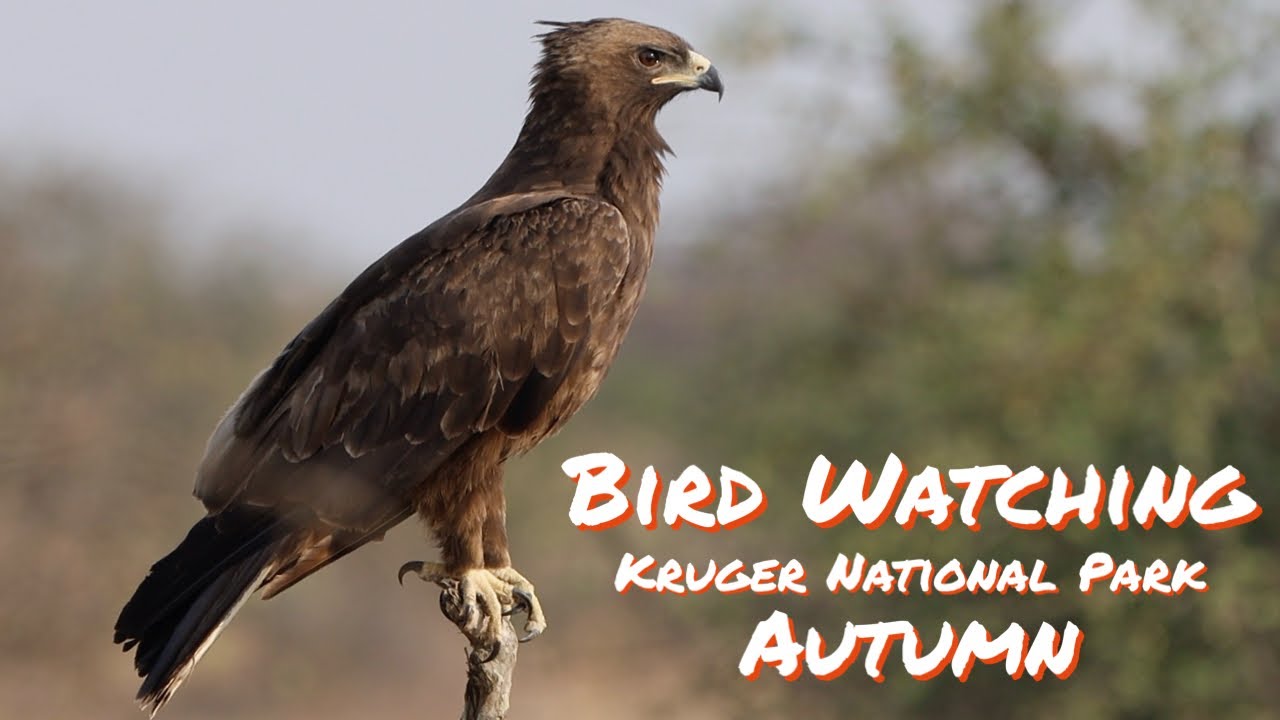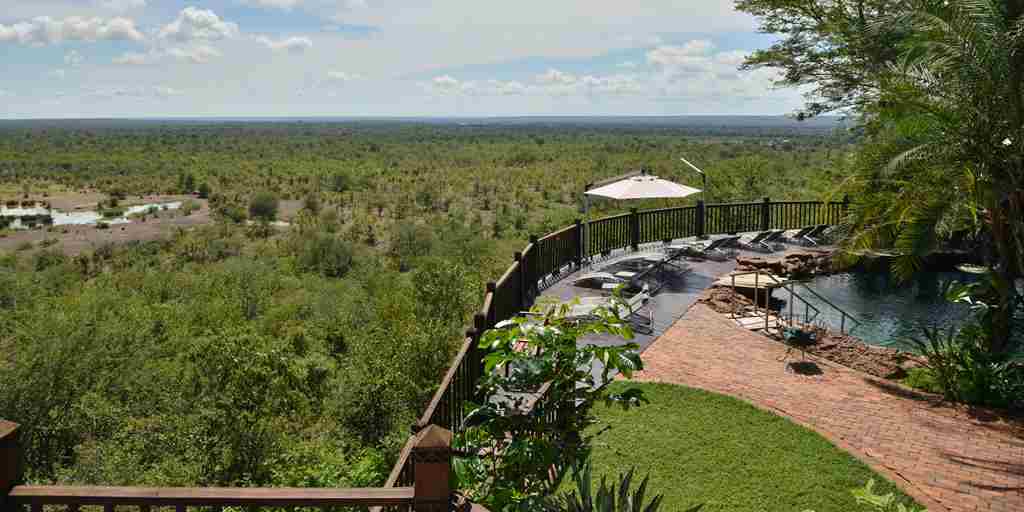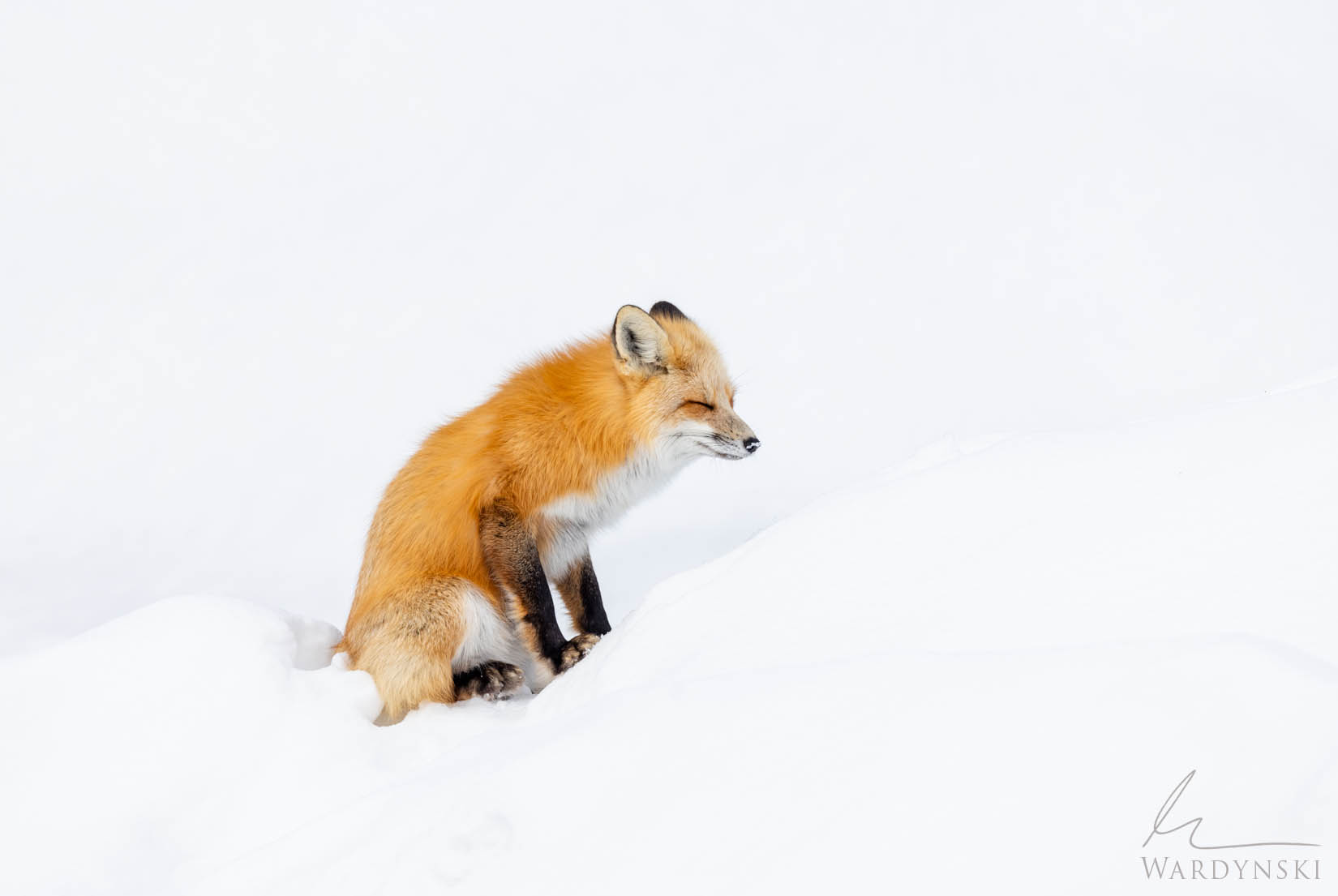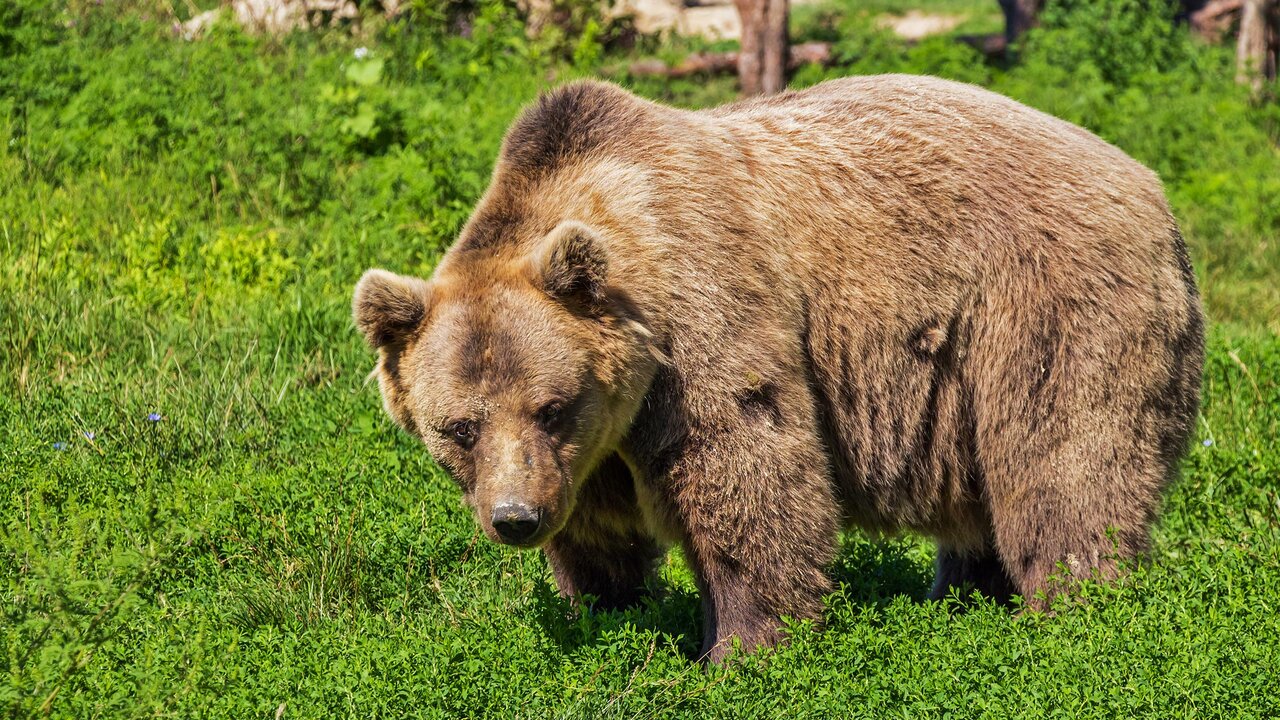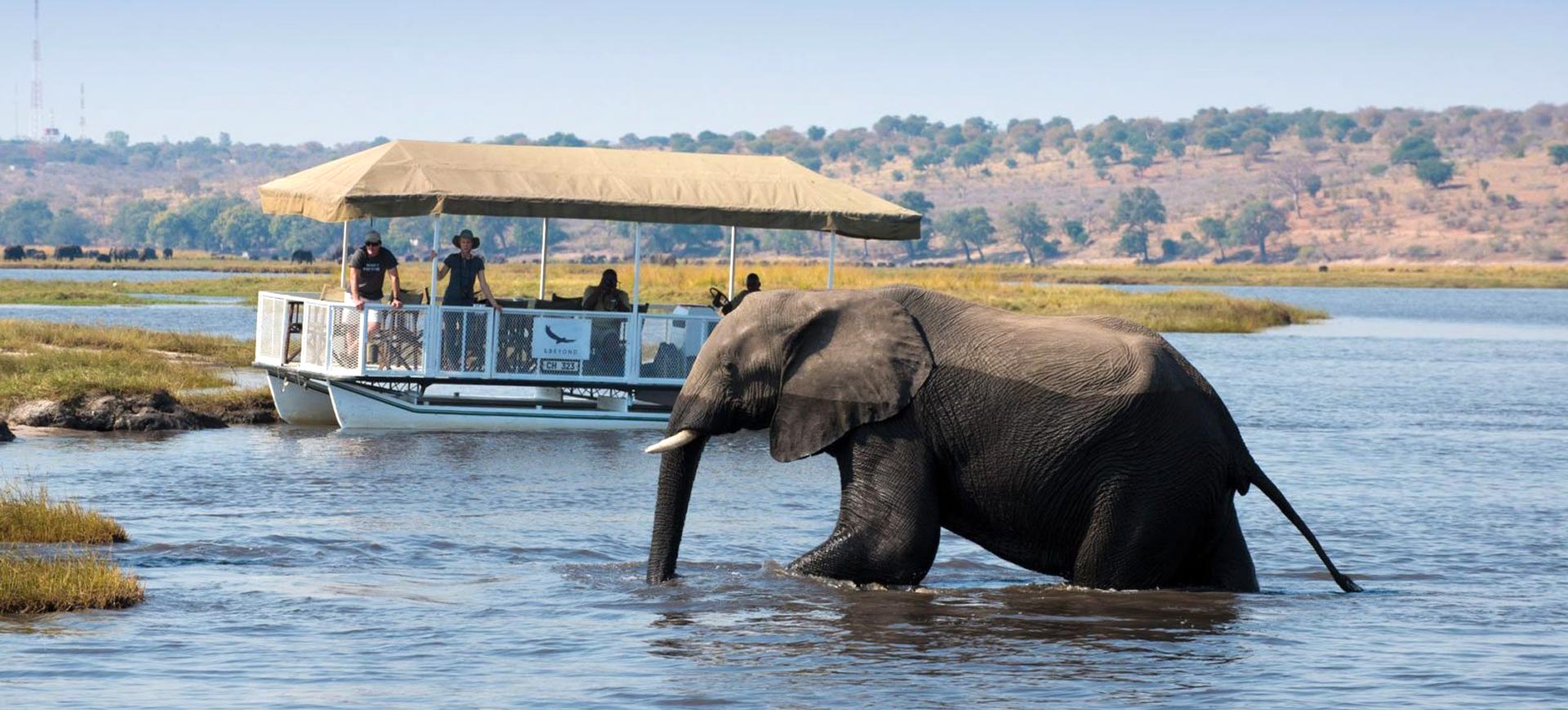
Chobe National Park is among the foremost natural attractions in Botswana. Renowned for the Chobe River waterfront adjacent to Namibia, housing one of the largest populations of African elephants on the continent and a significant presence of predators, Chobe draws visitors seeking a unique safari adventure.
While camping in the park is an option, there are several Chobe safari lodges that are essential for any travel itinerary.
Chobe is famed for its elephant populations.
Why choose a safari lodge in Chobe?
You might opt to stay in the nearby Kasane town, but nothing compares to awakening to the sounds of the wilderness and being among the first to embark on a game drive in the park.
6 Top safari lodges in Chobe
We’ve only camped within the park, yet we’ve compiled a list of 6 safari lodges in Chobe for your convenience on your next visit.
Chobe Game Lodge
Chobe Game Lodge holds full Ecotourism certification, and its chic Moorish design attracts those in search of a unique experience.
Situated along the banks of the Chobe River, guests can participate in game safari drives and safari boat excursions on the river. Additionally, Chobe Game Lodge is conveniently close to the park entrance, so you won’t need to drive for hours to reach your lodging.
The lodge’s commitment to social and environmental principles has garnered attention. With initiatives like their biogas facility, an all-female team of safari guides, and the fact that each staff member receives an annual share of dividends, you can be assured that your stay contributes positively to both the ecosystem and the local community.
Activities at Chobe Game Lodge
– Morning and afternoon game drives
– Cultural exploration expeditions in Chobe
– Mid-morning and late-afternoon river cruises
– Eco-tours led by the ecotourism manager
– Spa services
Highlights:
– All suites feature magnificent views of the Chobe River
– Opportunity for both river safaris and game drives
– Family suites (children must be over 6) with private pool
– A professionally qualified all-female guiding team
Chobe Princess
An upscale safari lodge, but floating on the water. Welcome to Chobe Princess. Two of the Chobe Princess vessels have four suites (each featuring private bathrooms and air conditioning), while the third offers five suites. All Princess vessels can be booked exclusively, giving you a private water villa. Glide down the Chobe River while elephants bath, crocodiles swim beside you, and the sunset paints the horizon.
One of the highlights includes the visit to the ‘Tree of Life,’ one of the continent’s most ancient baobab trees, over 2,000 years old. The trek to see this magnificent tree is about 4 miles, so wear comfortable safari footwear.
Tip: Reserve the superior cabin for a private deck.
Activities at Chobe Princess:
– Walking safaris
– Water-based game observation
– Fishing cruises on a tender boat
– Birdwatching
– Photo safaris
– Cultural excursions
– Visit one of the oldest baobab trees, known as the ‘Tree of Life’
Highlights:
– Wildlife viewing from a water perspective
– 10-seater jacuzzi
– Fishing and sunset cruises on tender vessels
Safari Lodges in the Savute region
The Savute region is located in the southwestern sector of Chobe National Park. The Savute Channel is noted for its unpredictable and irregular flooding patterns. It underwent a drying phase in 1880, only to flood again in 1957. Following another dry spell, the channel flooded once more in 2009, with waters reaching the Savute marsh in 2010.
The channel draws large elephant herds, zebra groups, lion prides, and hyena clans.
Birdwatching in Savute is also exceptional. You can spot Kori bustards, vultures, and stunning secretary birds regularly. Fish eagles and Abdim’s storks are present in summer. Massive quelea finch flocks are common during April.
Savute Safari Lodge
Savute Safari Lodge is positioned along the Savuti Channel and is considered one of the finest lodges in Chobe. The Channel is known for its irregular flooding, having previously dried in 1880 and flooded again in 1957. After another dry spell, it flooded once more in 2009, with waters reaching Savute marsh in 2010.
The high density of elephants, lions, and hyenas makes Savute Safari Lodge an ideal location to explore wildlife dynamics.
This lodge is exclusive, featuring only 11 thatched chalets accommodating a maximum of 24 guests.
Activities at Savute Safari Lodge:
– Visit Savute Marsh
– Game drives
– Tour Gubatsa Hills
Highlights:
– Experience the zebra migration (November-December and February-April)
– Exquisite location on the Savute Channel
– Waterhole in front of suites and

